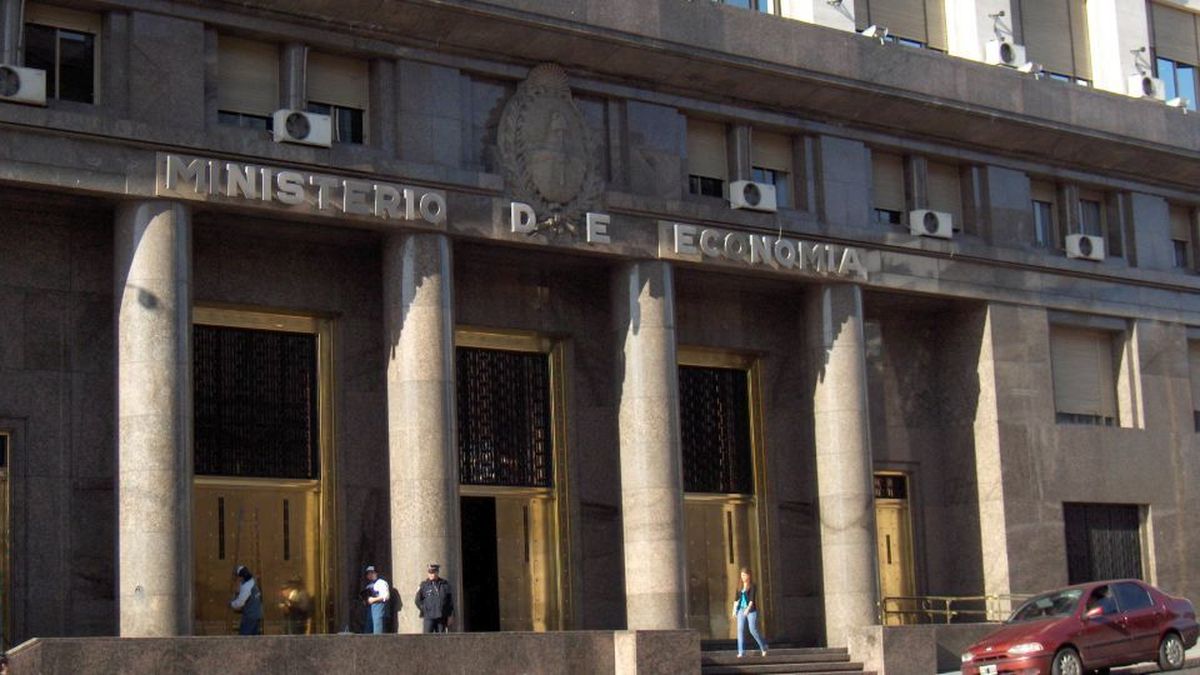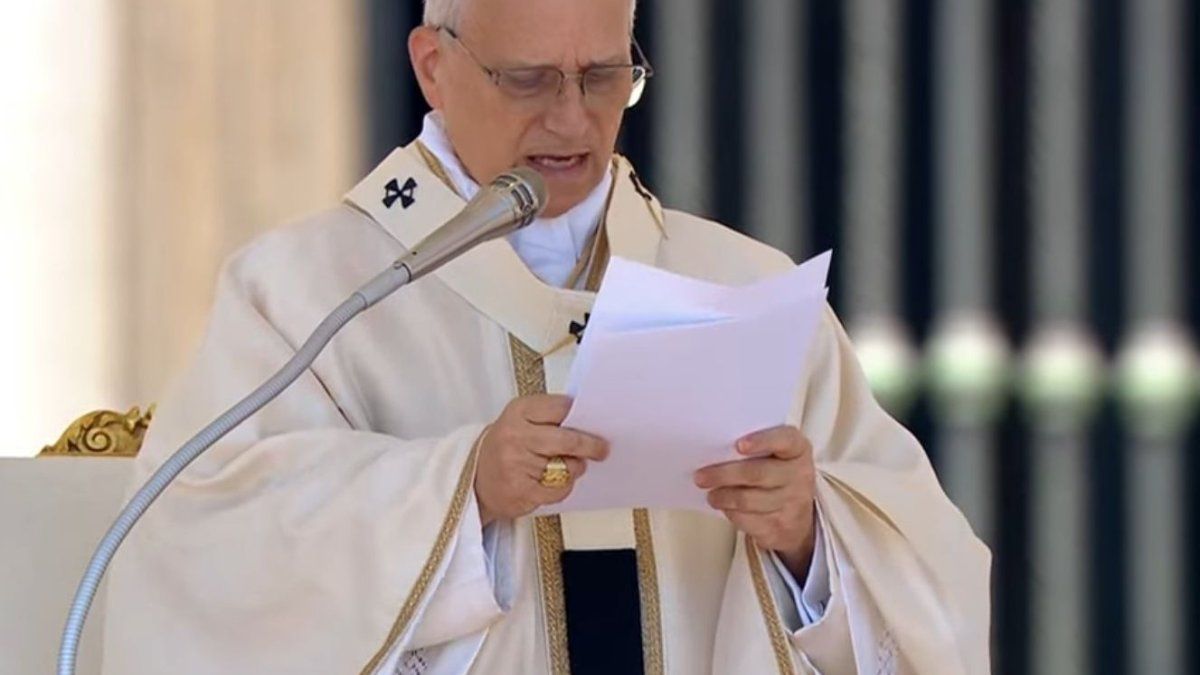Although most of the bonds that mature this week are in the hands of private investors, the participation of public organizations in Treasury calls is increasing, which ensures a renewal floor.
In this call, the Economy Department ordered the reopening of two bills maturing in the second quarter of the year. One is a LEDE (fixed rate) as of May 31 for $60,000 million and the other is a LECER (indexed to inflation) as of June 16, for $50,000 million, although the amounts are expandable. The first of them yielded an effective annual rate of 118% in the secondary markets.
Operators consider that The return of bills that adjust for inflation to the Treasury tenders menu is due to the fact that different estimates, both private and official, show that prices are accelerating and that in this context, this type of paper may be more in demand. The 6% of the CPI for January confirms this.
On the other hand, a short LELITE will be placed, for no more than 11 days, exclusively for Mutual Investment Funds (FCI) with a nominal rate of 69% per year for $40,000 million expandable. Obviously one day funds are targeted. Last week This type of operator recorded bond outflows for around $90,000 million. Private analysts consider that a movement of that level would not generate major problems.
Besides, the Treasury will appeal the banks’ demand for Badlar bonds to November 2027 that serve to integrate reserve requirements of savings banks, current accounts and fixed term. These types of bonds usually appear when there are stronger maturities. On this occasion it will offer $30,000 million, also expandable.
In the short term there are no major problems for the economic team to renew the maturitiesbut the expiration walls as of April they will force to make new voluntary exchanges that try to go past maturities already within the period of the next government.
This call in particular is influenced by the aWarnings last week from the economists of Together for Change and the National Table of the opposition coalition, who stated that “an economic bomb” is being left with the debt. Private estimates indicate that of the total $13 trillion Treasury Bill stock, about $3 trillion would be in the non-financial private sector (companies – individuals), and that this group would try to migrate in the coming months towards placements in corporate bonds (which are offering positive rates) or to banks where rates exceed inflation.
To all this, a CREA reportthe economic research entity linked to associations in the field, stated in its latest report that in 2022 debt in local currency continued to increase its share of the total. It grew in the last year by US$23,000 million (an increase of 21.7% year-on-year), reaching US$131,000 million (26% of GDP). The problem with the debt in pesos is that most of it is indexed and therefore cannot be liquefied with inflation.
Source: Ambito




